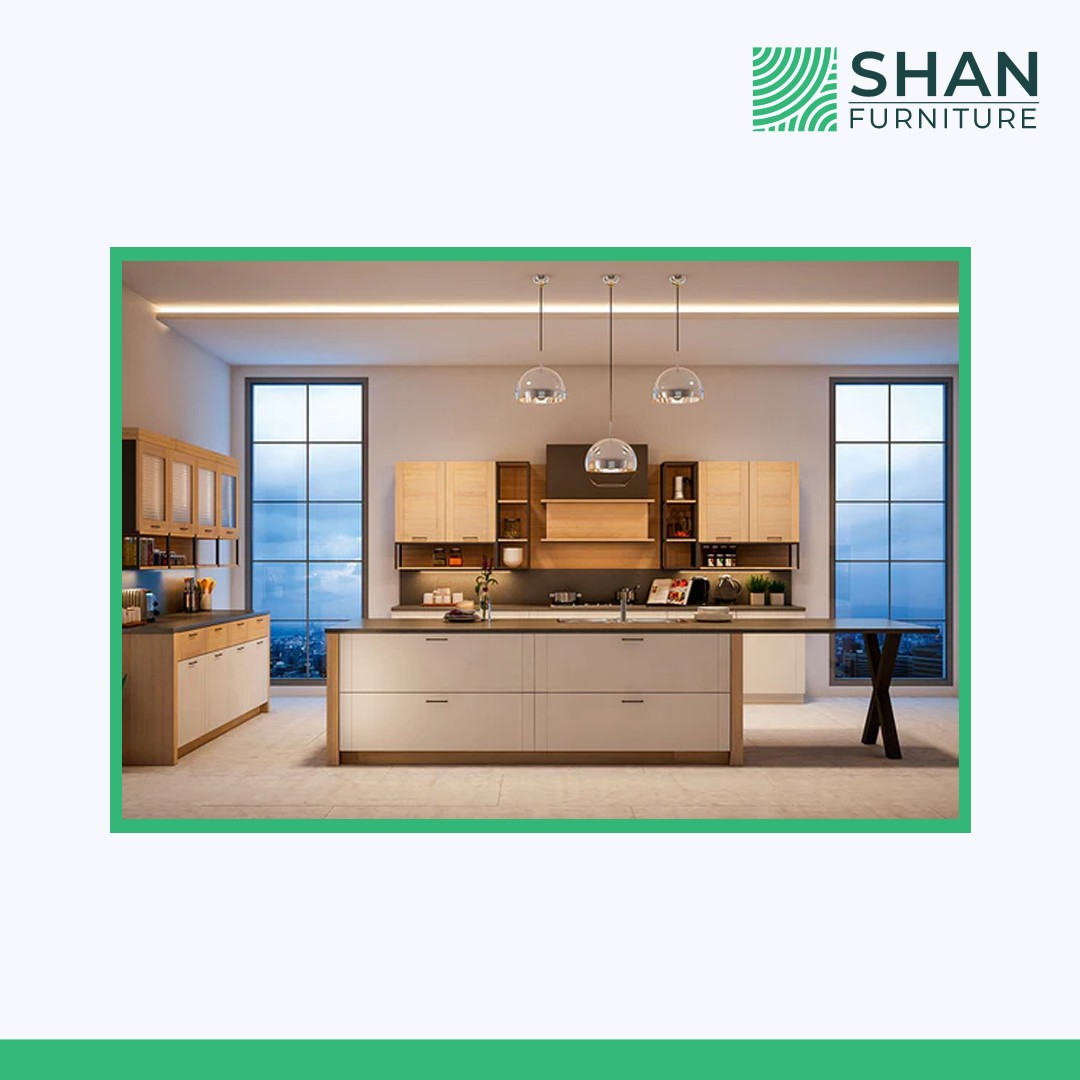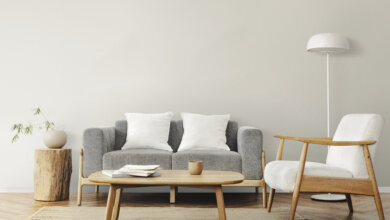Choosing the Right Color Scheme for Your Kitchen
Choosing the Right Color Scheme for Your Kitchen

Designing a kitchen is about much more than choosing appliances and countertops—it’s about creating a space that reflects your lifestyle and taste. Among all design elements, color plays a fundamental role in setting the tone of your kitchen. The right color scheme can turn a bland cooking space into a vibrant, welcoming hub of the home. In contrast, a poorly chosen palette can feel either sterile or chaotic, reducing the kitchen’s comfort and functionality.
Color is more than just aesthetics; it influences mood, perception of space, and even appetite. In kitchen design, colors can define zones, highlight architectural features, and contribute to a sense of cleanliness and warmth. So, when renovating or building a kitchen from scratch, selecting the right color scheme should be one of the top priorities.
Understanding the Psychology of Color
Before diving into paint swatches and cabinetry samples, it’s worth understanding the psychology of color. Every hue evokes certain emotions. Whites and off-whites often feel clean, fresh, and timeless—ideal for smaller kitchens or homes with a minimalist style. Warm colors like red and orange can stimulate appetite and conversation, while cool tones such as blue and green create a calm, serene environment, making them perfect for larger, open-plan kitchens.
Neutral colors like grey and beige remain popular for their versatility. They provide a balanced backdrop and allow for accent colors to shine. However, too much neutrality without variation can feel lifeless. That’s why combining neutrals with bolder elements or textures can elevate the design and bring depth to your space.
Assessing the Size and Natural Light of Your Kitchen
The amount of natural light your kitchen receives is crucial in determining which colors will work best. Lighter shades can open up a small kitchen and make it feel more spacious. In contrast, darker tones can create a dramatic, cozy vibe in larger spaces. If your kitchen gets ample sunlight, you can experiment with darker or more saturated tones. But in dimly lit areas, sticking to brighter shades helps avoid a gloomy ambiance.
It’s also wise to consider the orientation of your kitchen. North-facing kitchens tend to receive cooler light, which can make blues and greys feel cold. Warmer tones such as creams, taupes, or even soft yellows can balance this out. South-facing kitchens, blessed with more consistent sunlight, can afford to be more adventurous with their color choices.
Matching Color with Kitchen Style
The architectural style of your kitchen should guide your color scheme. A contemporary kitchen often looks best with clean lines, glossy finishes, and a palette of black, white, and greys. Industrial-style kitchens pair well with earthy tones, brick reds, and metallic accents. Meanwhile, traditional or farmhouse kitchens embrace warmer palettes—think creamy whites, soft greens, and muted blues.
In many Pakistani homes, the kitchen serves both functional and social purposes. That’s why incorporating elements of local culture and design into the color scheme can make the space feel more personal. Rich wood tones, patterned tiles, or deep earthy shades inspired by traditional textiles can complement modern layouts beautifully.
Coordinating Cabinets, Walls, and Flooring
Creating a cohesive look means thinking beyond wall color. Your cabinets, countertops, backsplash, and flooring should all work together in harmony. One effective approach is the “60-30-10 rule”: 60% of the room should be in the dominant color, 30% in a secondary color, and 10% in an accent shade. This strategy provides balance and ensures no single color overwhelms the space.
For example, you might choose soft white for the cabinets (dominant), charcoal grey for the countertops (secondary), and a splash of mustard or teal in the accessories or lighting (accent). This allows for a stylish yet timeless composition that can adapt over time.
When choosing flooring, consider durability and maintenance along with aesthetics. Neutral tiles or wood flooring with a subtle grain can ground the design while providing a natural canvas for the rest of the color palette.
Staying in Tune with Trends—Without Being a Slave to Them
Color trends evolve every year. While it’s tempting to follow what’s fashionable, it’s essential to choose colors that resonate with your personal style and are practical for everyday use. Trends like sage green, navy blue, or matte black might be popular now, but they may not suit every home or stay in vogue forever.
A smart approach is to incorporate trend colors in easily replaceable elements such as wall paint, accessories, or bar stools. That way, when the trend fades or your tastes change, you won’t have to commit to a full renovation. Permanent features like cabinetry and countertops should lean toward timeless hues that will age gracefully.
This strategy is especially important when evaluating kitchen design in Pakistan with prices in mind. Renovations can be a significant investment, so choosing a timeless color scheme ensures that your kitchen retains its aesthetic appeal and value over the years, regardless of shifting trends.
Practical Considerations for Pakistani Homes
In the context of Pakistani homes, practicality often drives kitchen design choices. High levels of cooking activity and a preference for spicy, aromatic food mean surfaces can be subject to staining and frequent cleaning. Thus, color schemes that hide stains and withstand wear and tear are not just a preference—they’re a necessity.
Mid-tones and matte finishes are particularly suitable, as they strike a balance between hiding imperfections and reflecting light. Glossy white might look pristine but can show every fingerprint and splash. On the other hand, deep browns, olive greens, or muted reds can create a cozy yet resilient kitchen environment.
Additionally, the cost of materials varies widely in local markets. Opting for local tiles, laminates, and paints in trending colors can reduce costs without compromising on style. As kitchen design evolves across urban centers like Lahore, Karachi, and Islamabad, there’s increasing availability of affordable materials that mimic the look of imported finishes. This makes it easier than ever to execute stylish designs without breaking the bank.
Final Thoughts: Creating a Kitchen That Reflects You
Ultimately, your kitchen should be a space that reflects your personality and supports your daily lifestyle. Color is one of the most powerful tools at your disposal to craft a kitchen that feels both functional and uniquely yours. Take time to evaluate your preferences, consider the natural conditions of your space, and coordinate all the design elements to achieve a harmonious result.
Don’t be afraid to experiment, but also remember that simplicity often leads to elegance. A well-thought-out color scheme can transform even the most basic layout into a warm, welcoming space. Whether you’re working with a modest budget or planning a high-end remodel, the right combination of hues can bring your vision to life.
Also Read: How to Select the Best Modular Kitchen Manufacturers in Delhi




